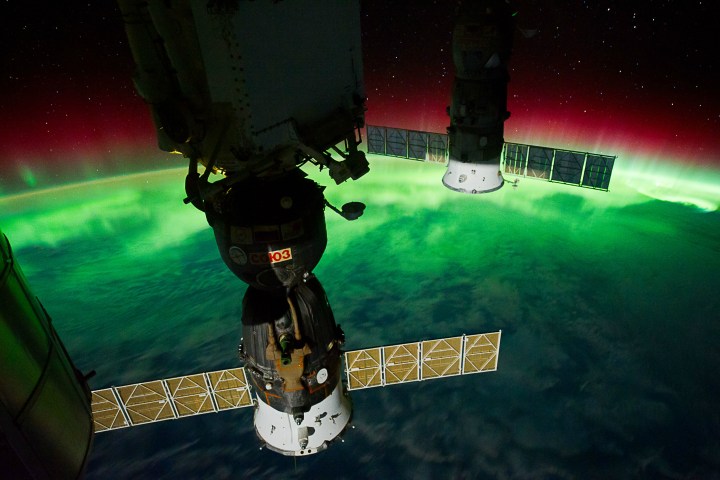
The International Space Station may be a futuristic structure, but even in a space-centered future, we’ll need to hit the gym every once in awhile. So to keep astronauts healthy, the ISS ensures that they have the equipment they need to work out, and work out quite a bit, too. As it stands, astronauts like Whitson exercise for two and a half hours every day. It’s required by NASA, and is intended to offset the deleterious effects of being so far away from home for such a long time. Indeed, the average space visitor loses somewhere in the range of 11 to 17 percent of their strength, 10 percent of their endurance, and up to seven percent of their bone density.
But a good fitness regimen can help with this. Crew members can use three key pieces of equipment — a Cycle Ergometer, otherwise known as a stationary bike; a treadmill whose restraint system makes astronauts feel like they’re actually running and not just flailing about in a zero-gravity environment; and an Advanced Resistance Exercise Device, or the ARED, which is a weight-lifting device that makes use of flywheels and vacuum cylinders to mimic resistance.
As Dr. Richard Scheuring, a NASA flight surgeon, told Engadget, it’s because of these devices that “our crews are coming back in much better shape” and recovering more quickly from the stresses of being away. “Generally, if our astronauts stick to our post-flight reconditioning program and they’ve worked hard in space, within 30 days of coming back from a six-month mission, we can have them at their baseline numbers for strength, flexibility, and stamina.”
So if astronauts can find time to work out in space, maybe we should be doing all we can to stay fit on Earth, too.


